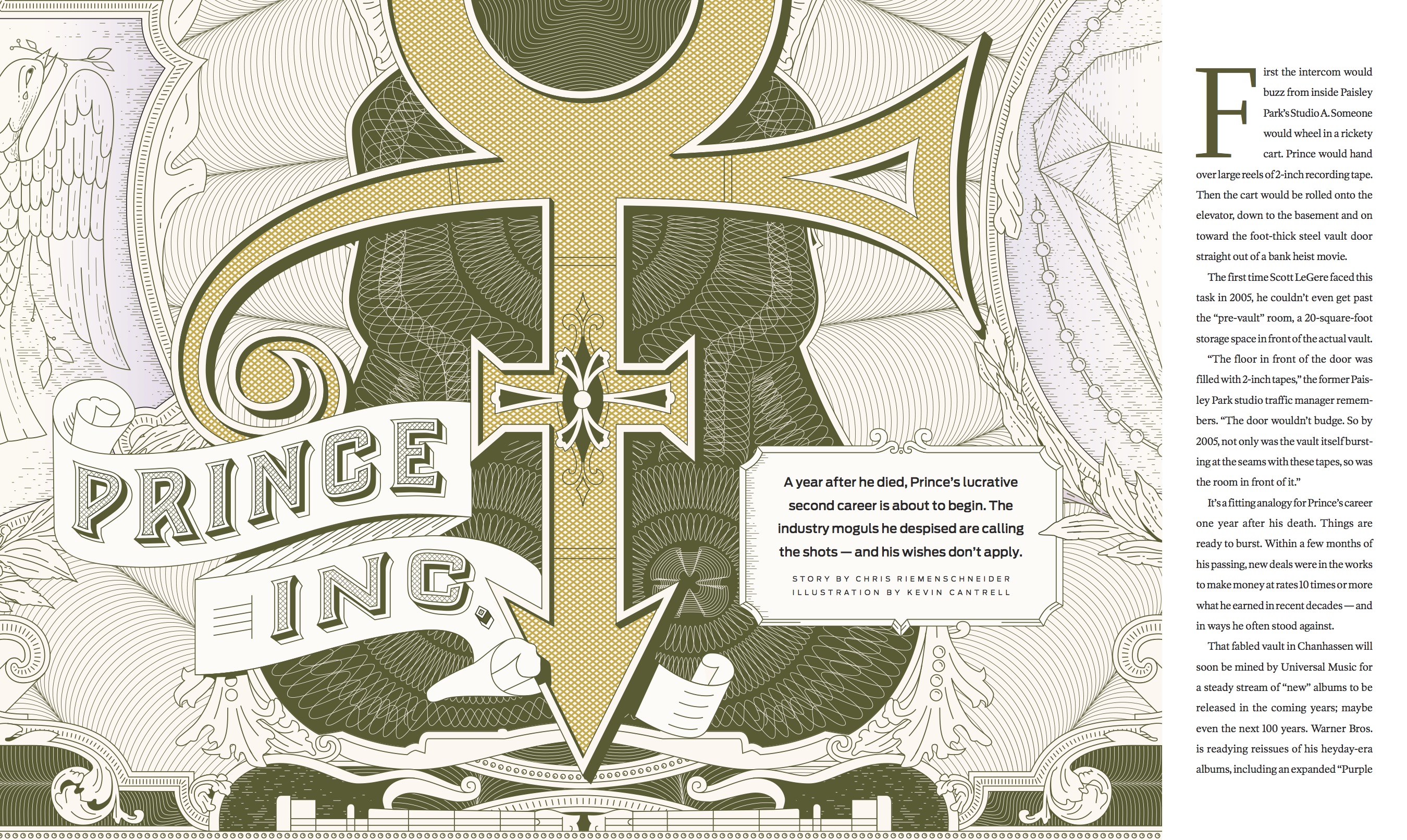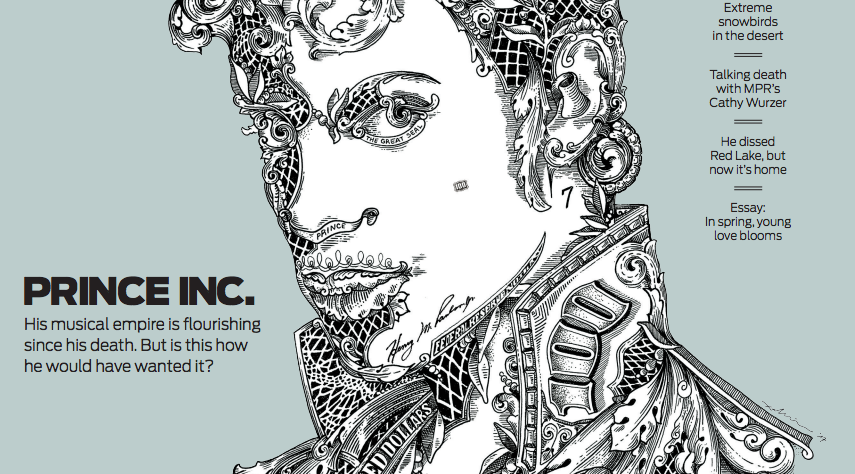A few months ago, staff at The Minneapolis Star Tribune did something journalists don’t always have the time to do: think way ahead.
One year in advance, staff photographers shot images of the Minnesota winter for next winter’s StarTribune Magazine. The quarterly magazine debuted Sunday, marking a new product for a newsroom that’s worked hard over the last year to become more digital.
But that new product is in print.
It’s all been a bit of a gamble, said Sue Campbell, assistant managing editor for features and the magazine’s editor. The magazine, which comes to the Star Tribune’s more than 225,000 Sunday print subscribers and is available on newsstands, isn’t free.
Single copies cost $4.99. Print subscribers who don’t opt-out pay an extra $1.99 for each issue. The Star Tribune figured about 30,000 subscribers would opt out (they were informed of the charge and sent postcards noting the change.) So far, only 13,000 have.
“We took a bet that our readers would value it and that our advertisers would value it,” Campbell said.
StarTribune Magazine isn’t a traditional city magazine with long lists of best-ofs. They’ve taken an intentional approach to creating an experience for print that builds off instincts they’ve developed online.
And they’re not the only local publications taking a second look at paper. In North Carolina, the mobile-first startup Charlotte Agenda is planning a printed visitor’s guide. In Pennsylvania, LNP Media Group launched a new weekly print-only publication focused on state politics.
“The economics make sense,” said Ted Williams, Charlotte Agenda’s cofounder and publisher. “Web text is a great way to build a brand, but impossible to scale in local media. Print is a viable way to make money and has a clear sales proposition in which you’re not competing head on against Facebook and Google (whose ad products are incredible).”
In Minneapolis, there’s also already a strong market for the Sunday newspaper, said Poynter’s Rick Edmonds.
The Star Tribune is gearing up to make the most of its 150th anniversary, he said, “another potential big money-maker and a sign that Star Tribune execs are paying attention to what works elsewhere and capitalizing on opportunities.”
The Caucus is truly a product you can only hold in our hands. The web and social media presences are run purely for marketing. StarTribune Magazine started off as only a product for Sunday print subscribers, but its staff eventually decided to use some of the content online throughout the following week.
And it’s not just a throwback to the good old days of print. They’ve learned a few things from their digital efforts that are reshaping their ink-and-paper products.
The mobile web has reminded journalists of the value of visuals, Williams said. And while the internet has made getting information easy, it’s not always the best place for all the information.
“Most media should be consumed on the internet,” he said. “But print is still the best way to deliver information that can be referenced. For example, we’re using print for a Newcomer’s Guide that has a shelf life of at least a year.”
That experience is something StarTribune Magazine went after, too. Each issue offers a deep dive into a local or regional story, a photo essay, a rotating local feature, something from the archives and a piece on state secrets. There’s even a local crossword puzzle.
“It turns out in St. Paul, Minnesota, there’s a crossword puzzle consortium,” Campbell said.
Designers worked to move readers from one page to the next, pacing the rhythm of the magazine. Their work online has taught them how important it is to hold the readers’ attention, Campbell said. And everyone knows they have to use their words carefully.
“I think there’s something about turning a page, going left and feeling like, ‘OK, here are the parts that are short, here’s the beautiful picture, and now here’s the thing I sink into,'” she said.
For now, StarTribune Magazine’s first four issues are something of a test. Does the audience want this? Are advertisers biting?
“And so far with issue one, we’re feeling like, yep, people are ready to see this again.”

The inside spread of StarTribune’s first issue.
Correction: An earlier version of this story said Sue Campbell was associate managing editor. She’s actually assistant managing editor and also the editor of the new magazine. We apologize for the error. It has been corrected.







